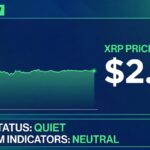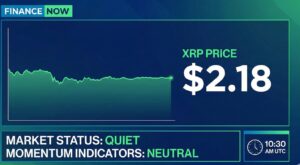Green finance has become a major global topic in recent years. This is because many countries are battling the severe effects of climate change. The Gulf countries have been particularly affected by climate change. For instance, the UAE has experienced problems like droughts and water scarcity due to the temperature rises caused by climate change. Thus, many national governments have recognised how significant the climate change problem is and why it needs to be tackled with renewable energy.
Green finance has emerged as one of the ways through which stakeholders can contribute to the fight against climate change. Green finance is basically any form of structured financial activity targeted at achieving an environmentally-beneficial outcome. Examples of green finance are green bonds and green mortgages. There seems to be a global consensus that green finance presents a viable pathway for corporate organisations and government institutions to strengthen climate change adaptation and enhance its reduction.
However, there are also questions on blockchain’s utility in this context. Since the creation of blockchain technology, it has proven to have widespread utility across numerous sectors, from health to education. Finance is also one of the major use cases of blockchain technology.
Revolutionizing Green Finance with Blockchain Infrastructure in Gulf Countries
Green finance has gained prominence in the Gulf countries. According to PWC, the green finance opportunity in the Middle East is valued at $2 trillion. Granted, Gulf countries occupy a much smaller context, but the majority of the Gulf countries account for this opportunity. For instance, green bonds and sukuk issuances from the GCC peaked at $8.5 billion in 2022. To put it into context, this figure only accounts for a fraction of the green finance ecosystem in the Gulf.
Regardless of this immense success, there are ways blockchain can enhance the green finance ecosystem in the Gulf. Some of the ways include:
- Digital ESG-Linked Financing: A major concern for green finance investors is the delivery of returns. A peculiar trait of ESG-linked financing is that specific payouts can be set based on parameters like emissions targets. When these parameters are fulfilled, a blockchain-backed automatic delivery of returns can be triggered through smart contracts.
- Transparent Monitoring: Greenwashing is a significant issue in the green finance ecosystem. For instance, bond issuers can raise funds promising to use the proceeds for an environmentally-beneficial purpose but ultimately fail to deliver. With blockchain, the use of proceeds can be monitored in real-time to ensure that investments are used for the stated purpose.
- Registries for Carbon Emissions: As more companies start to tax carbon emissions and permit emission trading, the need to get accurate emission estimates will become more important. Carbon registries deployed on blockchain’s Decentralised Ledger Technology (DLT) system can make this easier. Essentially, persons seeking to trade emissions certificates can easily conduct such trades with independent emission estimates.
Conclusion
Blockchain infrastructure has proven to be beneficial in many industries. Its integration into green finance is also likely to be highly beneficial for countries seeking to increase their green investments.




























